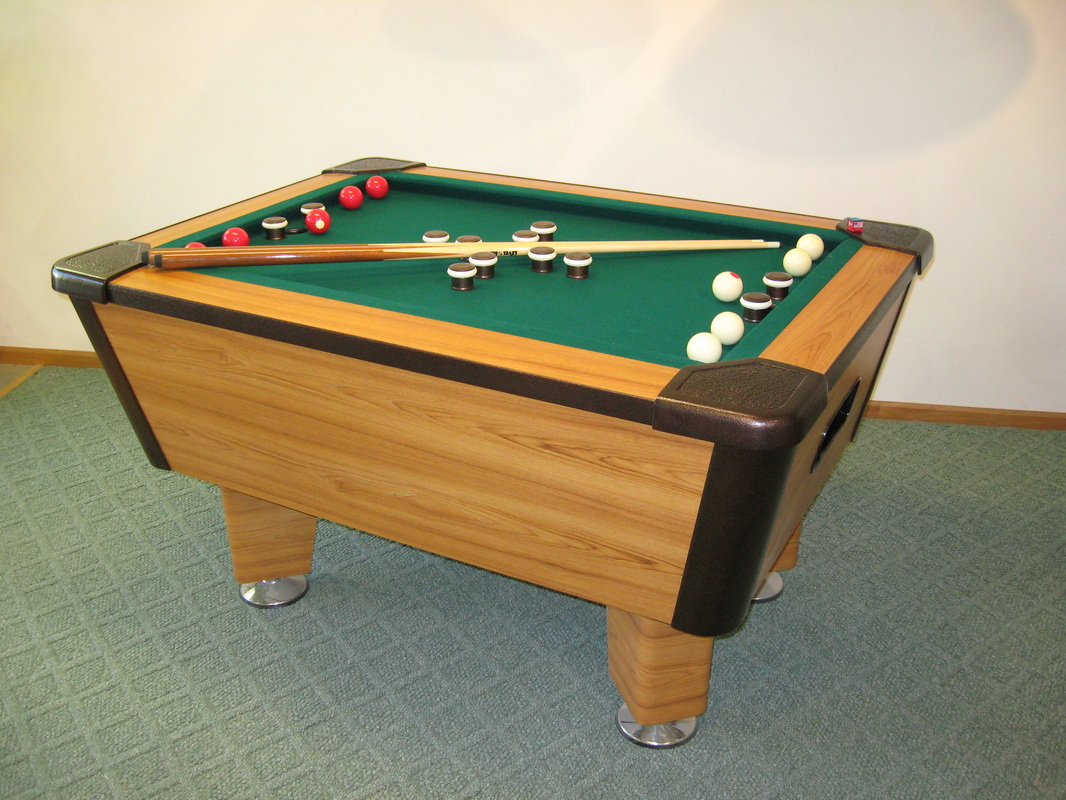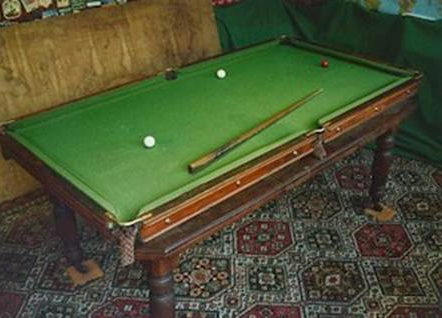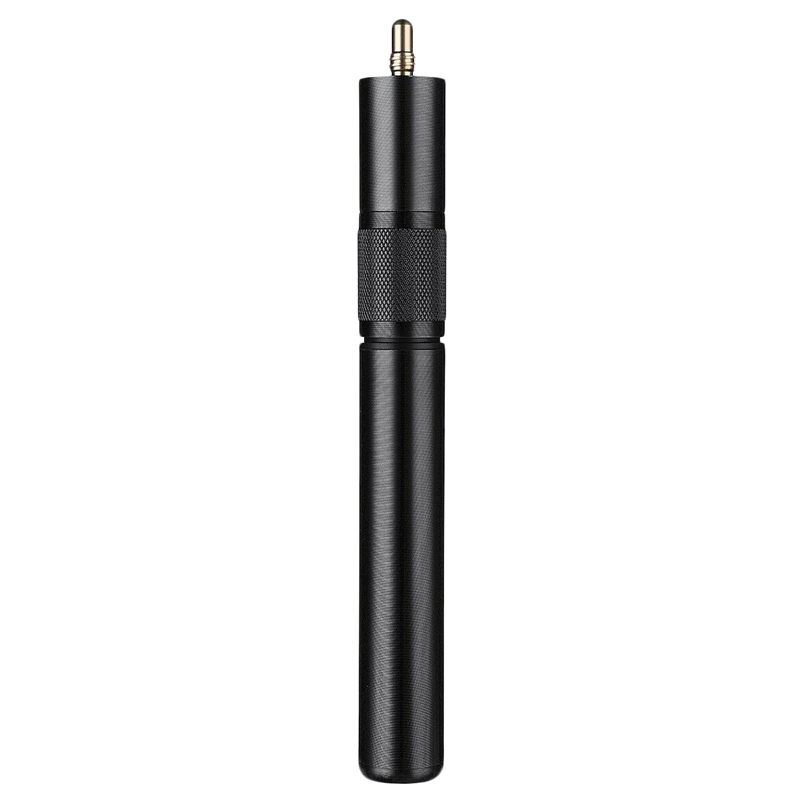
Pool balls can come in many different designs and colors depending on their manufacturer and the type and resin of plastic used. Having a quality ball can make all the difference when playing pool, and is also important for achieving professional skills. Quality balls can last a very long period of time.
The first pool balls were made out of wood. As the game evolved, producers sought to find better materials to satisfy the growing demand for high-quality ball. In the 17th century, pool balls were made of ivory, which was popular because it was sturdy and smooth. It was also very affordable to produce. Unfortunately, the population of elephants began to decline in the late 19th century and manufacturers started looking for alternatives.

In 1907, Leo Baekeland, an American chemist, invented bakelite, a plastic that is made from polymers. During the 1920s, bakelite became a preferred option for pool balls. Bakelite was less volatile and more durable than celluloid. It was easy to make and didn't explode. Although it is a type of plastic, it is not the same as the resin used today. It is a thermosetting material that can't be melted again.
The next type of pool ball to be created was a plastic that is a mixture of nitrocellulose and alcohol. This is the phenolic or phenolic resin. Phenolic resin is also used for circuit boards. The resin is strong enough to be used for pool balls. In a similar process to bakelite, the resin is used for making pool balls.
Polyester is another plastic that is used in pool balls. Compared to phenolic resin, polyester is cheaper. However, polyester does not keep its shine as long as the phenolic. Polyester is also not very durable. Polyester pool balls are more susceptible to deterioration. In addition, they do not last as long as phenolic resin balls.
Saluc, a Belgian company that manufactured pool balls, started production in 1923. Saluc is known for its brand Aramith, which produces only pure phenolic resin balls. Aramith balls use a combination of bakelite and pure phenolic resin. A thermosetting plastic, Phenolic resin, is often very durable. It can last up to 40 years. It can also be used to make volleyball ball, which can withstand upto 400 000 impacts.

In addition to the above, there are other types of plastic that are used to make pool balls. Polyester pool balls, while being cheaper than phenolic resin balls, are less durable than phenolic. Furthermore, polyester pool balls don't last as well as phenolic-resin pool balls. These pool balls are still affordable and can last for a long time. For a tournament, phenolic resin pool balls are the best choice, but they are not cheap.